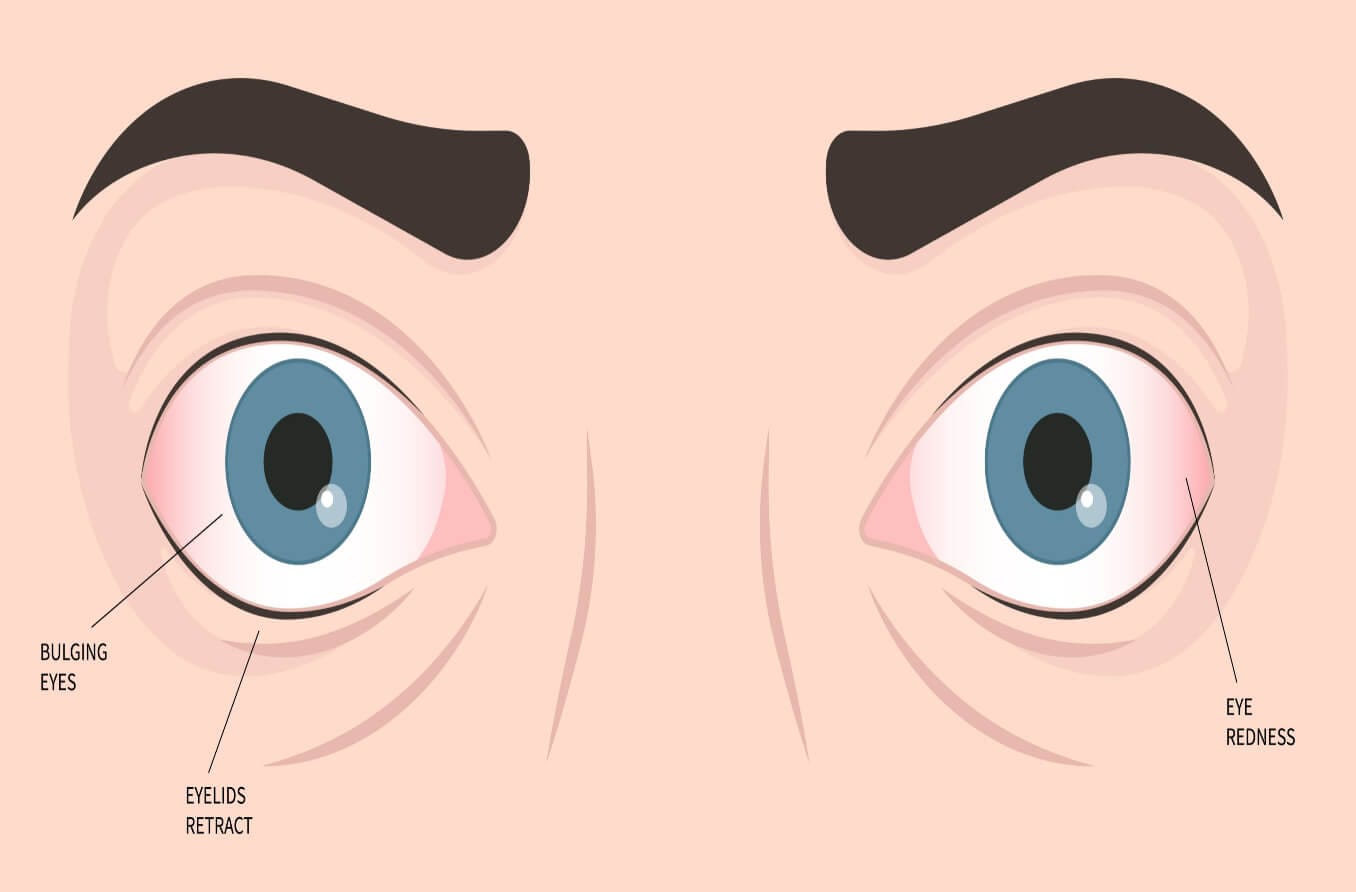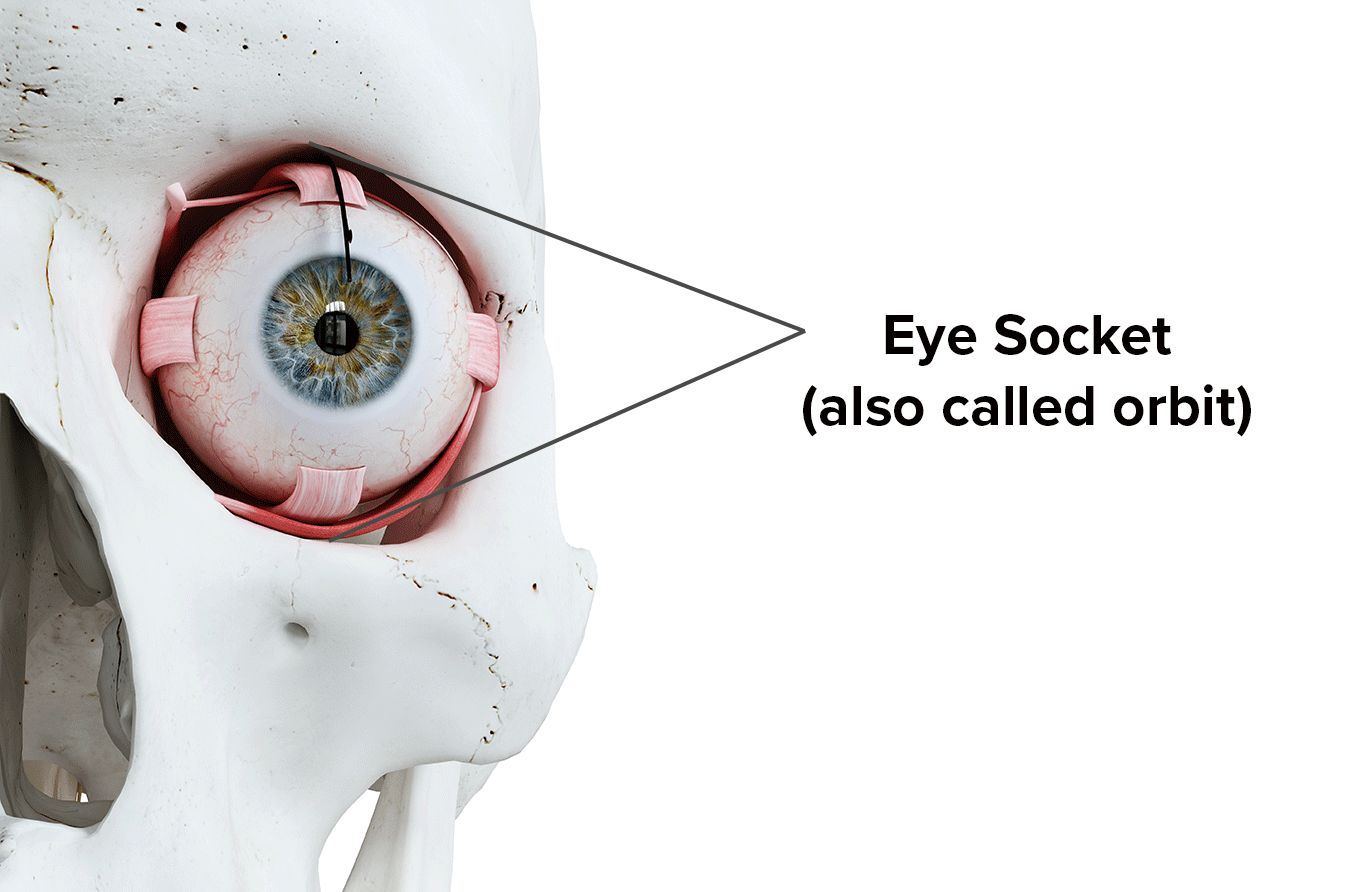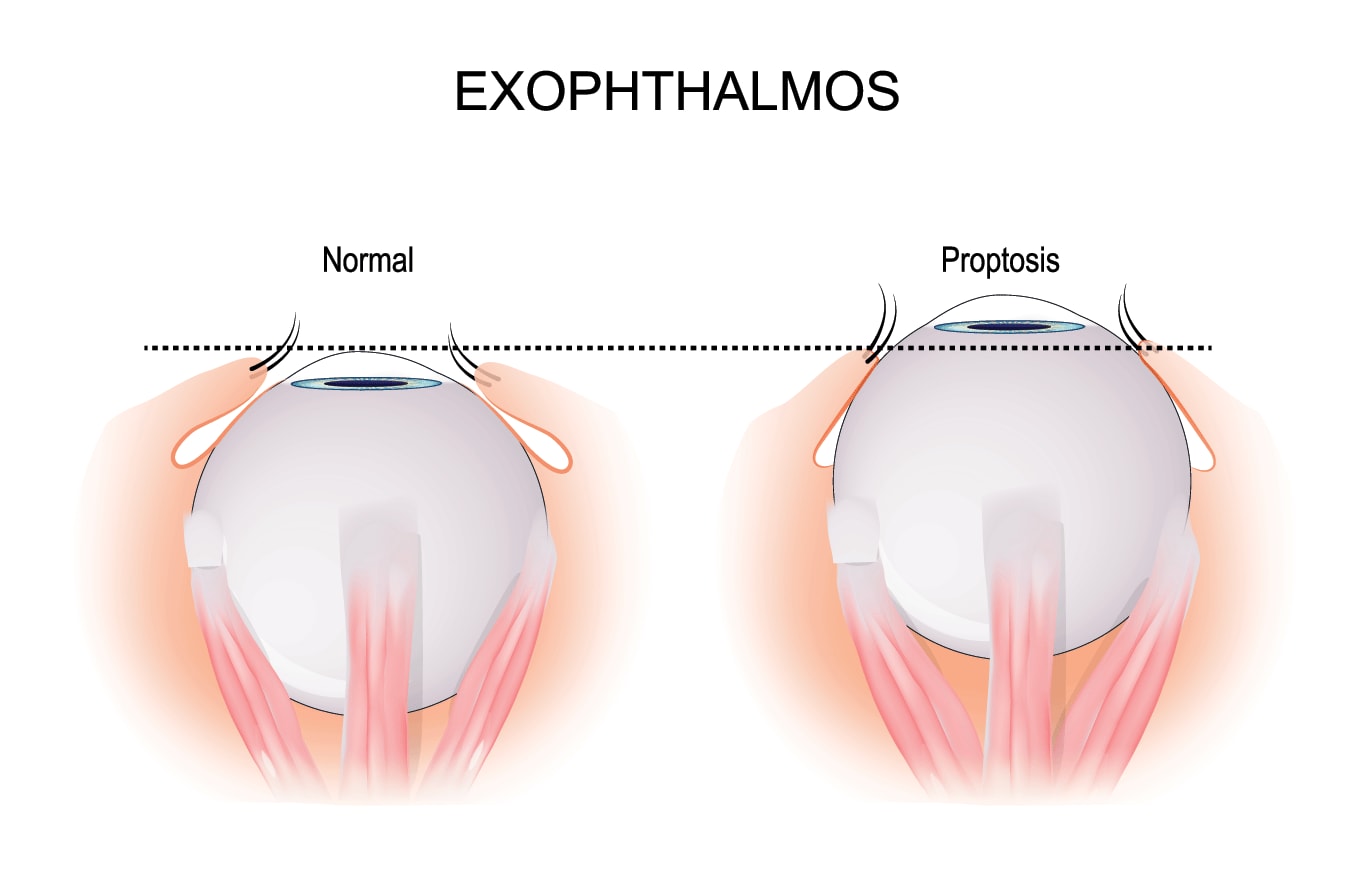What is an orbital pseudotumor?
An orbital pseudotumor is a benign mass located in tissue behind the eye. This area is called the orbit and is the part of the skull that holds the eye in place. In some cases, an orbital pseudotumor can occur in the periorbital portion of the eye (the area around the eye). Orbital pseudotumors are very rare.
Orbital pseudotumors can appear similarly to cancerous tumors behind the eye. But they are non-infectious and do not spread to other parts of the body. Even though orbital pseudotumors don’t spread, the inflammation can affect structures that are located near the eye.
There are several other names for orbital pseudotumor, including:
- Orbital inflammatory pseudotumor (OIP)
- Idiopathic orbital inflammation (IOI)
- Nonspecific orbital inflammation (NSOI)
The condition can be mild or severe. It mainly occurs in young women. But it can affect anyone at any age.
Mild orbital pseudotumors may resolve on their own. Other cases may require corticosteroid therapy, radiation or surgery.
Orbital pseudotumor is not to be confused with pseudotumor cerebri in which there is fluid pressure on the brain. Even though pseudotumor cerebri can affect the eyes by causing swelling to the optic nerve, it is different.
Symptoms
Symptoms of orbital pseudotumor can range from mild to severe among patients. Noted symptoms of the condition include:
- Eye swelling
- Protopsis (bulging eyes)
- Eye pain that can be extreme
- Double vision
- Decreased vision
- Difficulty moving the eyes
- Red eye (this is a less common symptom)
These signs and symptoms are carefully examined by an eye doctor, typically a specialist in eye cancer. If the doctor suspects that an orbital pseudotumor is present, an ultrasound or CT scan and biopsy can be performed for confirmation.
Testing and scans are very important because orbital pseudotumors can be mistaken for other conditions. Similar conditions include orbital cellulitis, thyroid eye disease or a cancerous tumor. Orbital pseudotumor is diagnosed by excluding these other conditions.
SEE RELATED: Thyroid eye disease: Symptoms, diagnosis and treatment
Causes
The cause of orbital pseudotumor is unknown. But researchers believe there may be a correlation between the condition and the contraction of staph infections or lyme disease. It’s also believed that immune-mediated diseases may be connected to orbital pseudotumor.
Other conditions that may be associated with orbital inflammation include the following:
- Crohn’s disease
- Rheumatoid arthritis
- Ulcerative colitis
- Lupus
- Giant cell arteritis
- Multifocal fibrosclerosis
- Granulomatosis with polyangiitis (Wegener’s)
While orbital pseudotumor mainly occurs in young women, it can affect anyone at any age.
Complications
Orbital pseudotumors can put a large amount of pressure on the eyes. This can cause damage to surrounding tissue.
The eyeball can be forced far enough forward by a pseudotumor that the eyelids can no longer cover or protect the cornea (the outer clear layer of the eye). Without this protection, the eye can become very dry. It can also lead to cloudiness and even corneal ulcers.
Pressure from orbital pseudotumors can also affect the eye muscles. Movement may be limited for the muscles, which can interfere with the way the eyes coordinate. This can lead to double vision and restricted eye movement.
Without proper treatment (or if unresponsive to therapy), an orbital pseudotumor can lead to vision loss. Inflammation can also spread to nearby structures. Critical cases can lead to secondary angle closure glaucoma.
SEE RELATED: Weakened eye muscles: What causes ophthalmoplegia?
Treatment
In mild cases, orbital pseudotumors sometimes resolve on their own. Some patients may be given systemic corticosteroids to reduce inflammation. Others may be referred for radiation therapy in case the corticosteroid route is unsuccessful.
If the orbital pseudotumor is severe, surgery may be recommended. During the procedure, the bones and fat in the orbit may be adjusted to relieve pressure on the eyeball.
In some circumstances, orbital pseudotumors need to be removed altogether. A minimally invasive procedure known as the endoscopic endonasal approach allows doctors to remove the mass through the nasal cavity. Incisions are not made during this surgery. The orbital pseudotumor can be directly reached and removed through the passageway of the nose.
When to see a doctor
Contact your eye doctor if you experience the following symptoms. They can have many potential causes including orbital pseudotumor:
- Ocular pain
- Redness
- Irritation
- Decreased or double vision
Your doctor will discuss testing, diagnosis and treatment options with you if they believe you may have an orbital pseudotumor. Since this condition can damage the eyes, suspicion of orbital pseudotumor generally means you will be referred to an eye cancer specialist.
Be sure to schedule annual comprehensive eye exams as well. Not only do they evaluate your vision — they can help your eye doctor identify any serious problems before they become a threat to your eye health.










